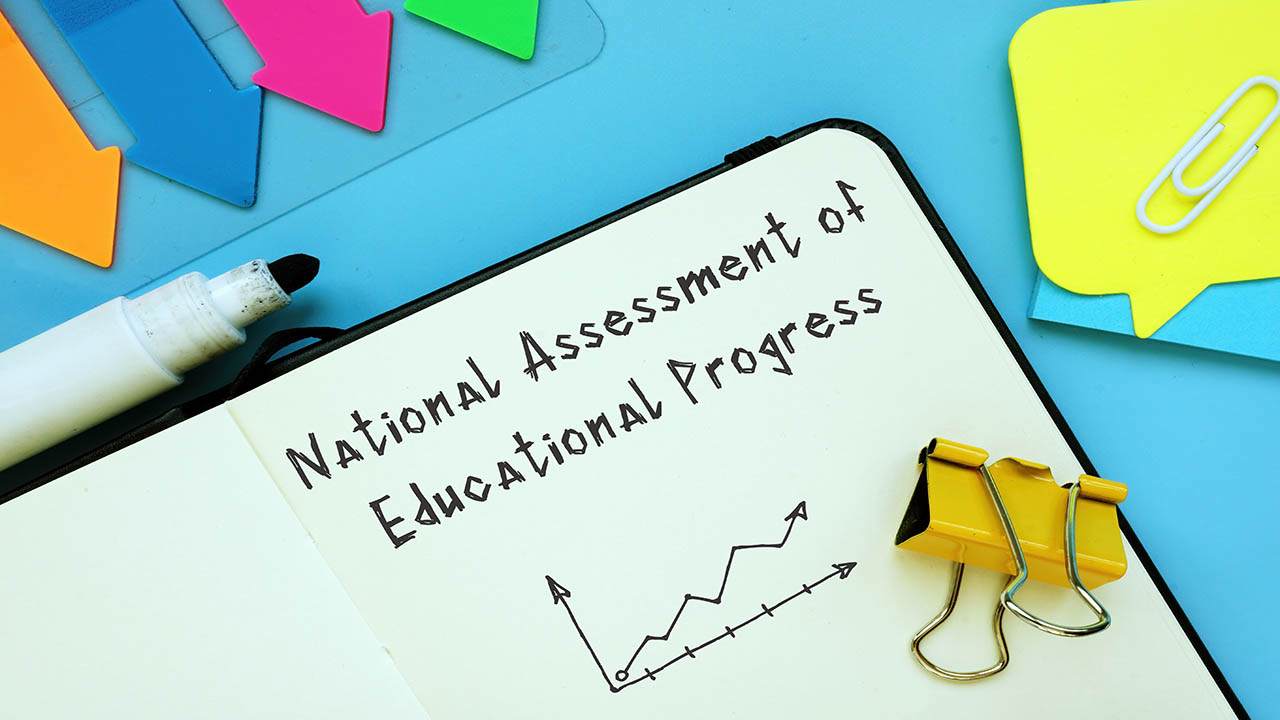

Breaking Down Maryland’s NAEP Gains—What’s Behind the Improvement?
The latest results from the National Assessment of Educational Progress (NAEP), commonly referred to as the Nation’s Report Card, have been released. For Maryland, the data shows a mixed but generally optimistic picture, with nice gains in fourth-grade reading being a major highlight.
The most notable improvement in Maryland’s results comes in fourth-grade reading, where the state has improved by 20 spots in national rankings. Previously ranked 40th among all states, Maryland now stands at 20th place. This leap into the top half of the rankings is a good sign of progress in literacy education across the state.
Eighth-grade reading has also improved, moving up from 25th place to 21st place nationally. Meanwhile, both fourth- and eighth-grade math scores, while still among the lower-performing categories, have shown some improvement. Previously ranked 42nd, Maryland has now moved up to 30th place in these categories.
According to Maryland’s State Superintendent, the improvement in fourth-grade reading can be largely attributed to a greater emphasis on what is known as the “science of reading.” This approach focuses on skills such as phonics, vocabulary development, and reading comprehension. This method contrasts with the whole-language approach, which emphasizes context and meaning over phonetic decoding. While education experts continue to debate the best methods for literacy instruction, the recent data appears to support the structured, phonics-based approach Maryland has been implementing.
NAEP is a nationally administered assessment that measures student performance across various subjects, including reading, math, science, writing, civics, economics, geography, history, and technology. Typically, the test is administered at the fourth, eighth, and twelfth-grade levels, with results serving as a benchmark for comparing educational performance across states.
Participation in NAEP is not mandatory for all states; however, those that receive federal Title I funding are required to participate. Given that Title I funding is widespread, most states, including Maryland, take part in the assessments. The federal government uses NAEP data to evaluate trends in student learning and guide education policy decisions at both state and national levels.
While Maryland’s progress is encouraging, national trends continue to raise concerns. Many states have struggled to recover from the disruptions caused by the COVID-19 pandemic, and NAEP results indicate that academic recovery has been slow. In particular, there are ongoing concerns about declines in student engagement, attendance, and overall learning outcomes.
One prevailing theory is that many students and educators have had difficulty readjusting to in-person learning. With remote work and online schooling becoming the norm for an extended period, some students have struggled to reintegrate into traditional classroom environments. This has also been reflected in workforce trends, where remote work continues to be preferred by many professionals, potentially influencing attitudes toward school attendance and engagement.
Despite the progress seen in fourth-grade reading, questions remain about why Maryland’s previous rankings were so low and how sustainable these improvements will be. The state’s education leaders will need to continue refining their instructional approaches to ensure that gains in reading are maintained and extended to other subject areas.
Additionally, the slight decline in eighth-grade math scores is worth noting, even if the drop was minor. Given concerns about post-pandemic learning recovery, maintaining a focus on math achievement will be most important moving forward.
As more detailed results and analyses become available, stakeholders, including educators, policymakers, and parents, should consider the long-term strategies required to ensure continued academic growth for Maryland students. While the NAEP 2024 results bring a sense of encouragement, they also highlight the work still to be done to secure lasting improvements in education across the state.
Have thoughts on Maryland’s NAEP results? What do you think has contributed to these changes? Let us know your perspective!
Dig Deeper With Our Longreads
Newsletter Sign up to get our best longform features, investigations, and thought-provoking essays, in your inbox every Sunday.
The MEN was founded by John Huber in the fall of 2020. It was founded to provide a platform for expert opinion and commentary on current issues that directly or indirectly affect education. All opinions are valued and accepted providing they are expressed in a professional manner. The Maryland Education Network consists of Blogs, Videos, and other interaction among the K-12 community.











